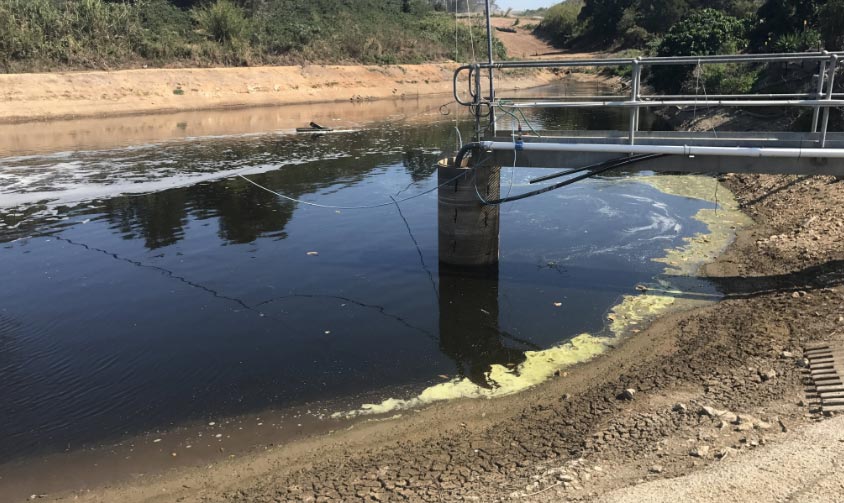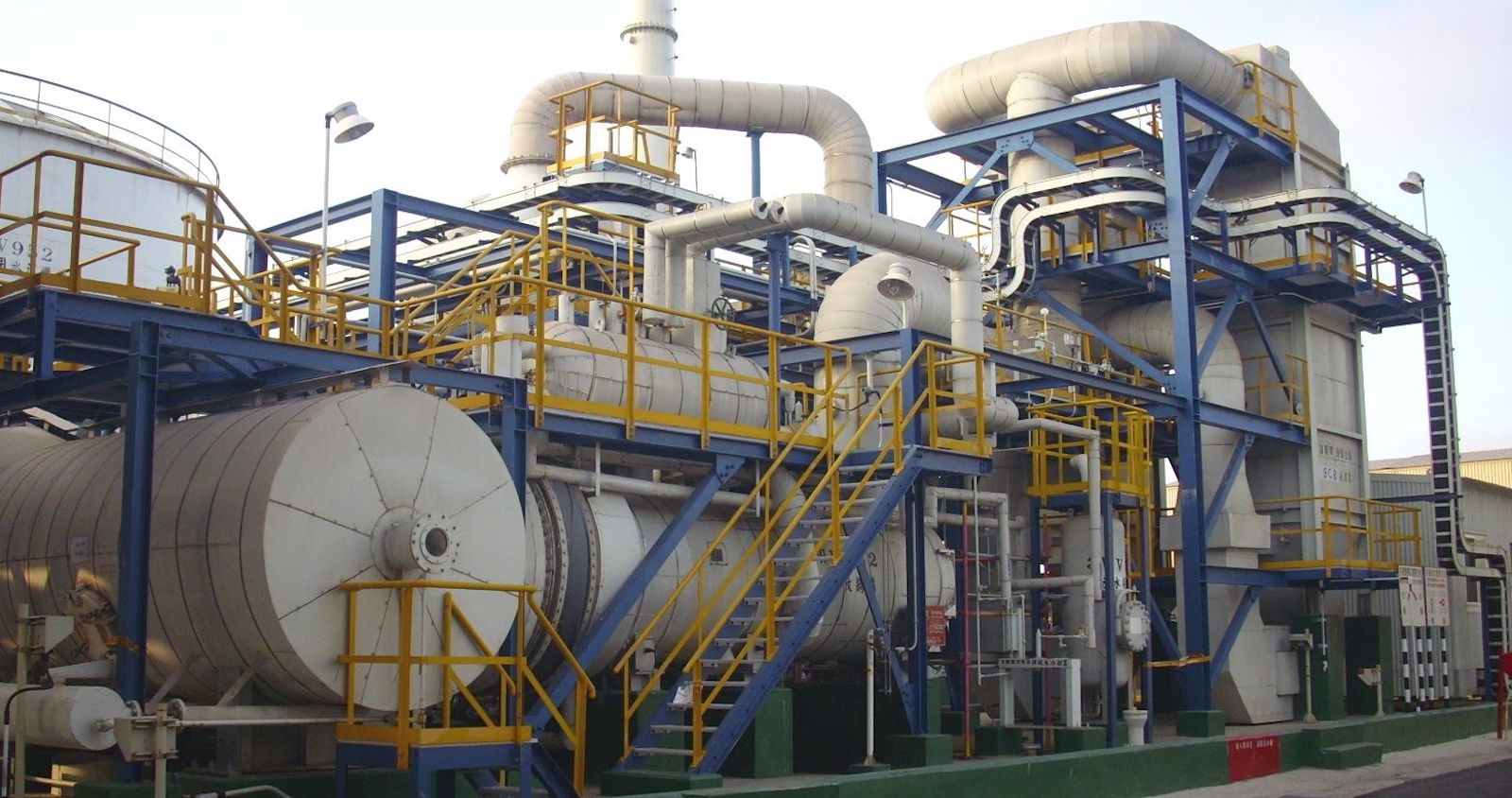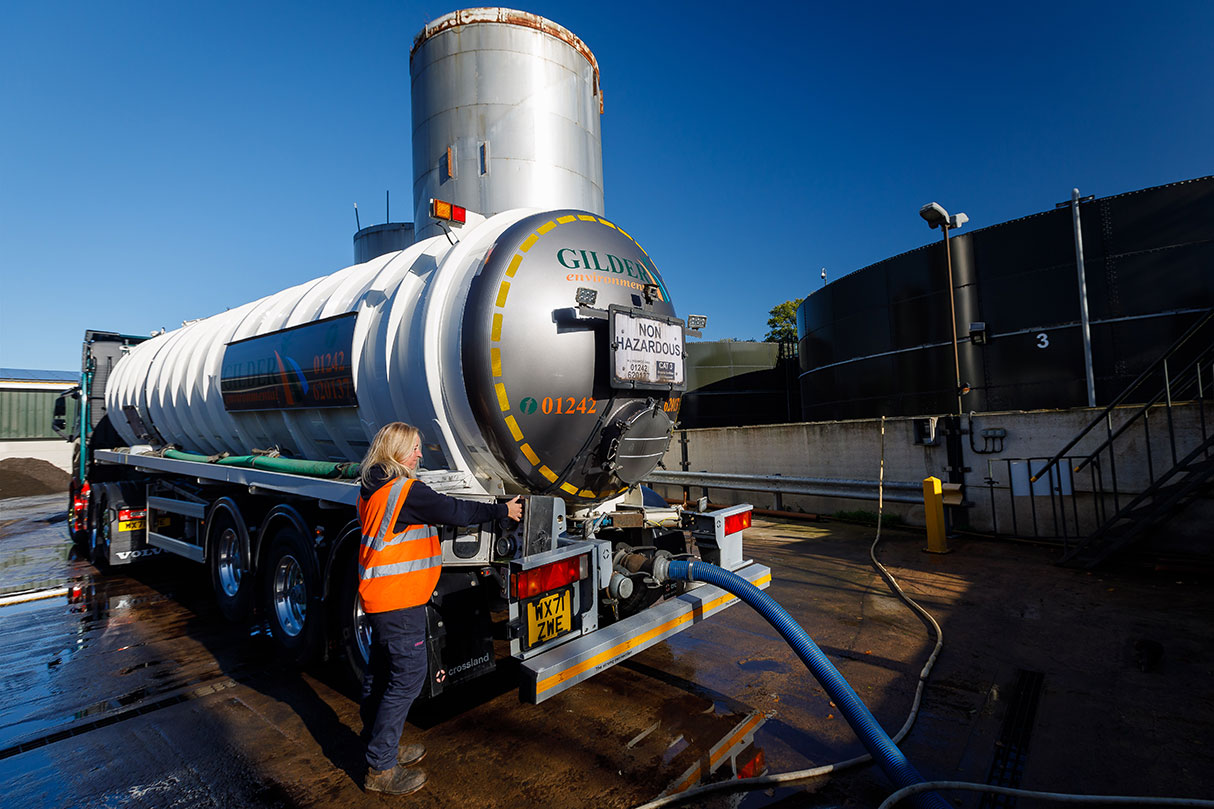Leading Liquid Waste Disposal Melbourne: Trusted Providers for Proper Waste Administration
Leading Liquid Waste Disposal Melbourne: Trusted Providers for Proper Waste Administration
Blog Article
Just How Liquid Waste Disposal Works: A Comprehensive Introduction of Methods and Technologies Employed

Summary of Liquid Waste Kind
The complexity of liquid waste kinds requires a comprehensive understanding of their features and ramifications for disposal. Liquid waste can broadly be categorized right into numerous types, including industrial, metropolitan, agricultural, and unsafe waste. Each category exhibits unique homes, calling for specific monitoring strategies to reduce environmental and health and wellness dangers.
Industrial fluid waste originates from producing processes and frequently has a series of pollutants, such as hefty steels, solvents, and natural substances. Community liquid waste, mostly consisting of wastewater from homes and business facilities, contains raw material, nutrients, and microorganisms (industrial wastewater treatment). Agricultural liquid waste, including overflow from farms, might contain fertilizers, pesticides, and animal waste, posing threats to water top quality and ecosystems
Dangerous liquid waste is defined by its poisoning, sensitivity, or prospective to trigger damage. This classification consists of materials like acids, bases, and particular chemicals that require rigid handling and disposal methods. Understanding these diverse liquid waste kinds is important for establishing efficient disposal methods and guaranteeing compliance with environmental laws. Correct category and characterization are essential for implementing appropriate therapy methods and reducing the unfavorable effect on public health and the setting.
Physical Treatment Approaches

Screening is the initial action, where bigger fragments and particles are eliminated from the fluid waste making use of screens or grates. In sedimentation tanks, heavier fragments work out at the bottom, developing a sludge layer, while the cleared up liquid can be further dealt with.
Filtering is an additional vital approach that includes passing the liquid via porous materials, such as sand or membrane layers, to catch smaller sized bits. This step boosts the high quality of the fluid, making it appropriate for subsequent therapy processes.

Chemical Therapy Strategies
Chemical therapy strategies are essential for properly taking care of fluid waste, specifically in addressing dissolved and colloidal pollutants that physical approaches might not appropriately remove. These strategies utilize various chemical agents to neutralize, precipitate, or transform hazardous substances into less harmful forms.
One usual approach is coagulation and flocculation, where chemicals such as alum or ferric chloride are contributed to promote the gathering of put on hold fragments. This process improves sedimentation, permitting much easier elimination of the resulting sludge. Furthermore, oxidation procedures, employing agents like chlorine or ozone, are utilized to damage down complex natural compounds and microorganisms, rendering the waste safer for discharge or further treatment.
Neutralization is an additional essential technique, which changes the pH of acidic or alkaline waste streams to neutral levels, preventing prospective injury to downstream systems and the atmosphere. Moreover, progressed oxidation procedures (AOPs) utilize mixes of oxidants and ultraviolet light to break down persistent pollutants, accomplishing a greater level of treatment performance.
Biological Therapy Processes
Organic treatment processes play an important duty in the administration of liquid waste by utilizing microorganisms to disintegrate raw material and lower contaminant levels. These procedures can be generally classified right into cardiovascular and anaerobic therapies, each employing details microbial communities to achieve effective waste degradation.
Aerobic therapy entails making use of oxygen to facilitate the break pop over to this site down of natural materials by microorganisms. This procedure is typically executed in activated sludge systems, where oygenation containers give a conducive environment for microbial growth, causing the oxidation of natural pollutants. The resultant biomass can be separated from treated effluent through sedimentation.
In comparison, anaerobic treatment check out this site happens in the lack of oxygen, depending on different microorganisms to break down organic matter. This technique is specifically useful for high-strength waste, as it produces biogas, a sustainable power resource, while decreasing sludge production. Technologies such as anaerobic digesters are frequently utilized in metropolitan and commercial applications.
Both cardio and anaerobic organic therapies not just decrease the environmental effect of fluid waste yet likewise assist in source recovery, making them crucial parts of lasting waste administration methods. Their efficiency, flexibility, and performance sustain their extensive implementation throughout different industries.
Emerging Technologies in Disposal
Cutting-edge methods to fluid garbage disposal are quickly evolving, driven by advancements in modern technology and a boosting focus on sustainability. Amongst these emerging modern technologies, membrane bioreactors (MBRs) have actually acquired traction for their capacity to combine organic treatment with membrane layer filtration, causing top notch effluent that can be reused in numerous applications. MBRs enable smaller sized impacts and a lot more efficient procedures contrasted to typical systems.
Another encouraging growth is making use of anaerobic digestion incorporated with nutrient healing technologies, which not just deals with liquid waste however likewise generates biogas and recuperates beneficial nutrients like nitrogen and phosphorus. This dual benefit boosts resource performance and reduces environmental effect.
In addition, advanced oxidation procedures (AOPs) are being taken on for the degradation of complex organic contaminants. These techniques utilize powerful oxidants and catalysts to break down pollutants at the molecular degree, providing a very reliable solution for difficult waste streams.
Moreover, the integration of expert system and equipment discovering in waste monitoring systems is enhancing functional performance and anticipating upkeep, leading to reduced expenses and enhanced environmental compliance. These innovations reflect a considerable change in the direction of even more sustainable and efficient liquid waste disposal practices.
Conclusion
In conclusion, reliable fluid garbage disposal demands a thorough understanding of numerous methods and innovations. The combination of physical, chemical, and organic treatment methods makes certain the reliable administration of diverse waste types. Furthermore, Our site the appearance of ingenious innovations enhances therapy efficacy and advertises sustainability in waste administration techniques. By constantly advancing these methodologies, it comes to be possible to address the expanding obstacles connected with liquid waste, inevitably adding to ecological protection and resource healing.
Fluid waste disposal is an important aspect of environmental monitoring, requiring an extensive understanding of different strategies and technologies customized to various waste types. Liquid waste can broadly be categorized into numerous kinds, consisting of industrial, local, farming, and hazardous waste. Agricultural liquid waste, including overflow from ranches, may have fertilizers, pesticides, and pet waste, posing risks to water high quality and ecological communities.
Numerous physical treatment methods play a vital duty in taking care of fluid waste effectively - industrial wastewater treatment.In conclusion, effective liquid waste disposal necessitates an extensive understanding of different methods and innovations
Report this page